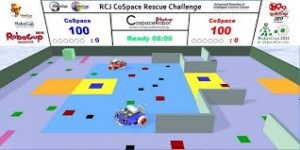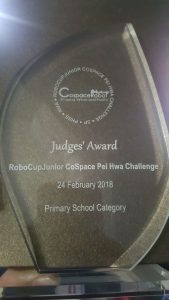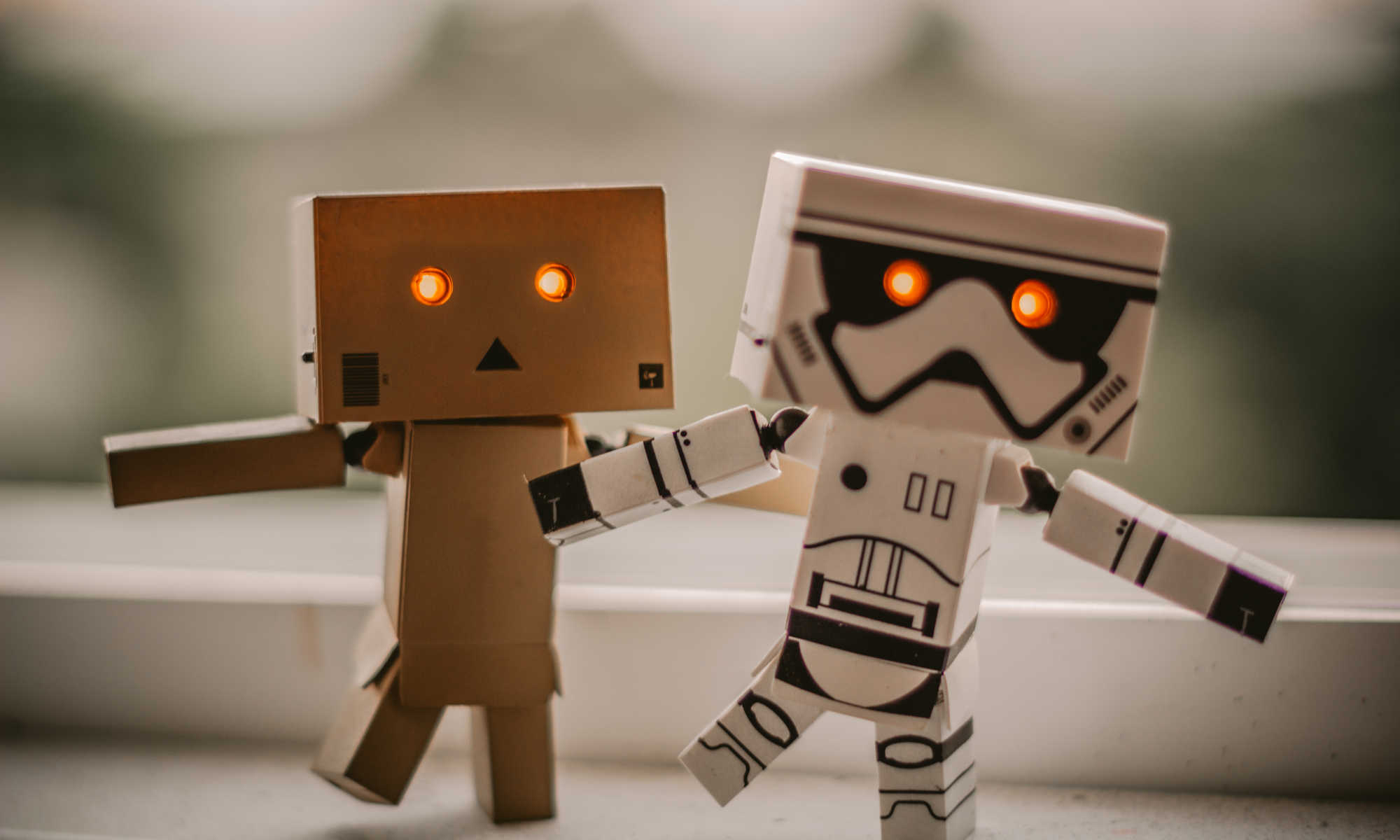We managed to find the time for a half-day, multi-disciplinary workshop at the Muhammadiyah Welfare Home for at-risk youth. The computer lab at the center was limited to fourteen PC’s, so we had a group of fourteen kids, and we chose to use block programming as a medium, utilizing the popular and relatively cheap BBC micro:bits.
Stage One
Our team included Yoni (myself), Shenghao (resident hacker with only good intentions), and Zahab (master chemist with a heart of gold). We wasted little time on formalities and niceties and started the secondary school-aged kids on sequencing, repetition automation, and conditional foundations using the Microsoft-provided, and Google Blockly-based simulator – social enterprise can bring out the best in everyone! By the end of the first hour, the attendees had already designed a digital book of microMojis, original taglines, and built-in jingles, complete with pagination logic utilizing the micro:bit’s A & B buttons.
One PC was on the fritz, so Shenghao multi-tasked between troubleshooting student code and troubleshooting PC hardware. He had all fourteen working by the time we left…
Stage Two
After a short break, the class returned to begin their second challenge – authoring their original, digital music. At this point we handed out the actual micro:bits, so the students could start downloading their code from the simulator and into their own pocket PCs. The brand new :bits took a bit of wrangling and calibration to setup, but we were all back to coding in a few minutes.
Once a student had completed their musical number, the obvious next question was – “how come my micro:bit doesn’t play sound?” Which is a perfect segue to explaining the available actuators and sensors on the micro:bit. As far as actuation, there’s not much more than the 5×5 LED matrix. So, everyone was relieved to find we brought alligator clips and piezo buzzers along. If we had more time, Zahab could probably have tantalized the students with her tales of piezoelectric effect on various materials. Alas, we were anxious to move on to our next mini-module.
Stage Three
In the last hour, some students had enough foundation to be able to explore on their own and we allowed them the free time to do as they wish. We strongly believe in open-ended projects, self-exploration, learning by trial-and-error, and mastery through play. For instance, Zahab worked with one row on Radio blocks, which utilize Bluetooth broadcasting for inter-micro:bit communication. The kids in that row had fun messaging each other micro:tweets.
For other students, we devised a mini-challenge to utilize Sprites in the Game blocks menu to create a simple Cat and Mouse game using various inputs and the LED matrix visualization. This was a stretch project, and not all completed it successfully. The looks of joy and appreciation on everyone’s face – after the initial cries of frustration – betrayed the fact that, by and large, our mission was accomplished.
Another of our strong convictions and inherent lessons in our activities – it’s OK to fail!
In Conclusion
When we left, the attending staff member suggested we could return soon, as the fourteen students we managed to fit into the computer room were just a fraction of the boys who would be interested and could benefit from our programs. We look forward to meeting more of the Muhammadiyah community on our next visit!
Like to join us in our volunteer sessions? Have the right STEM skills, want to do volunteer work, but don’t want or don’t have the resources to do it alone? We organize volunteer STEM courses whenever we can and will be happy to have you join us. We welcome everyone, from students to experienced robotics trainers. Just drop us a mail at info@aposteriori.com.sg



